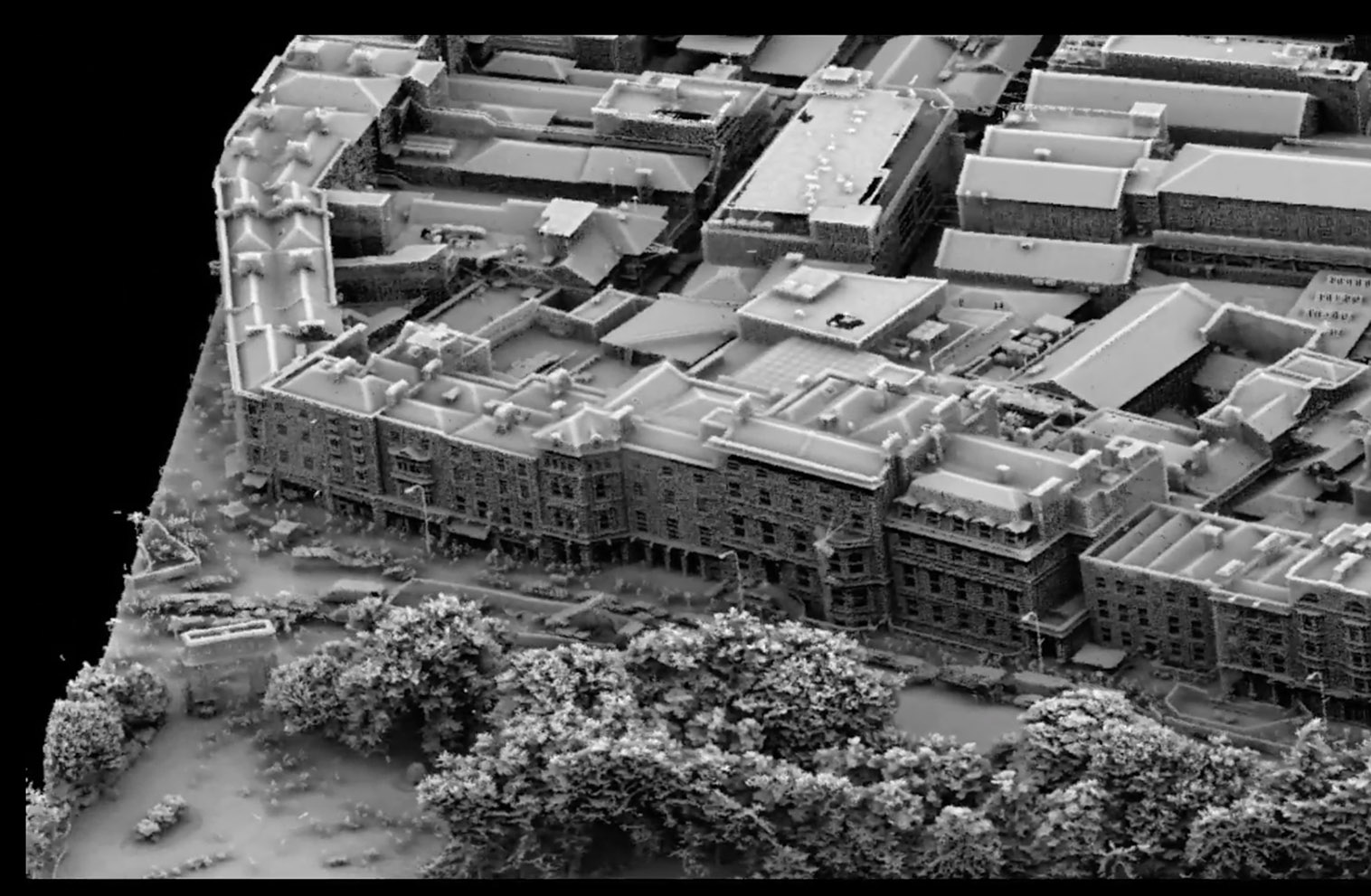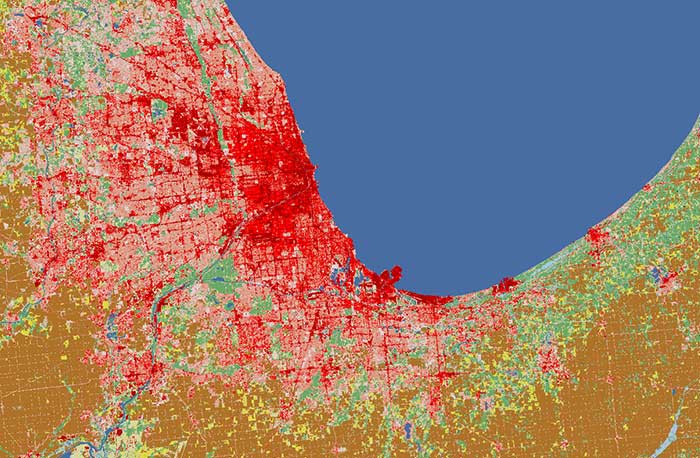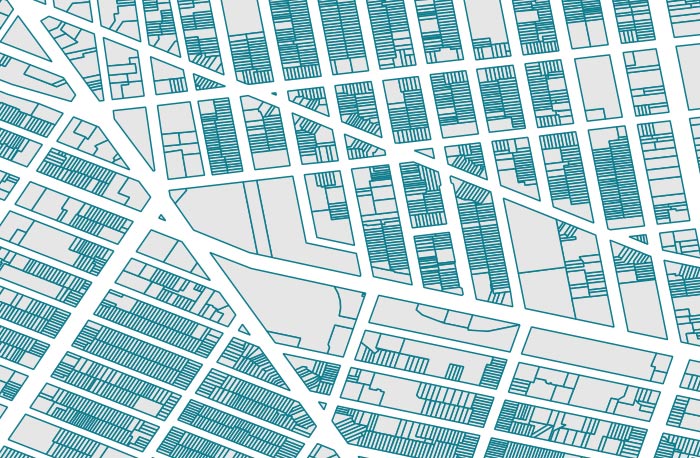View Metadata
United States Non-Attainment Areas: Lead, 2008
- Identification Information
- Data Quality Information
- Spatial Data Organization Information
- Spatial Reference Information
- Entity and Attribute Information
- Distribution Information
- Metadata Reference Information
- Identification Information
- Citation
- Originator
- Research and Innovative Technology Administration's Bureau of Transportation Statistics (RITA/BTS)
- Originator
- Federal Highway Administration, Office of Planning, HEPP-1
- Publication Date
- 2006
- Title
- United States Non-Attainment Areas: Lead, 2008
- Geospatial Data Presentation Form
- vector digital data
- Publication Information
- Publication Place
- Washington, DC
- Publisher
- Research and Innovative Technology Administration's Bureau of Transportation Statistics (RITA/BTS)
- Online Linkage
- http://www.columbia.edu/acis/eds/gis/images/ntad_2008_naa_lead.zip
- Abstract
- Non-Attainment Areas: Lead is a polygon theme representing areas in the United States that do not meet the National Ambient Air Quality Standard for lead.
- Purpose
- To establish the spatial boundaries of each nonattainment and maintenance area.
- Temporal Extent
- Currentness Reference
- publication date
- Time Instant
- 2008
- Bounding Box
- West
- -111.953249
- East
- -84.908554
- North
- 46.608168
- South
- 32.416814
- Theme Keyword
- environment
- Theme Keyword Thesaurus
- ISO 19115 Topic Categories
- Theme Keyword
- Nonattainment area
- Maintenance area
- Criteria Pollutant
- Lead
- Air Quality
- Theme Keyword Thesaurus
- None
- Place Keyword
- United States
- Place Keyword Thesaurus
- Library of Congress Subject Headings
- Temporal Keyword
- 2008
- Temporal Keyword Thesaurus
- None
- Access Restrictions
- None
- Use Restrictions
- None
- Status
- Complete
- Maintenance and Update Frequency
- Annually
- Point of Contact
- Contact Organization
- Research and Innovative Technology Administration's Bureau of Transportation Statistics (RITA/BTS)
- Delivery Point
- 1200 New Jersey Ave., SE
- City
- Washington
- State
- DC
- Postal Code
- 20590
- Country
- USA
- Contact Telephone
- 1 202 366 DATA
- Contact Electronic Mail Address
- answers@bts.gov
- Native Data Set Environment
- Microsoft Windows XP Version 5.1 (Build 2600) Service Pack 2; ESRI ArcCatalog 9.1.0.722
- Cross-Reference
- Originator
- Research and Innovative Technology Administration's Bureau of Transportation Statistics (RITA/BTS)
- Publication Date
- 2008
- Title
- National Transportation Atlas Databases (NTAD) 2008
- Geospatial Data Presentation Form
- vector digital data
- Publication Information
- Publication Place
- Washington, DC
- Publisher
- Research and Innovative Technology Administration's Bureau of Transportation Statistics (RITA/BTS)
- Online Linkage
- http://www.bts.gov/programs/geographic_information_services/
- Data Quality Information
- Attribute Accuracy Report
- Unknown
- Quantitative Attribute Accuracy Assessment
- Logical Consistency Report
- None
- Completeness Report
- Unknown
- Horizontal Positional Accuracy Report
- Unknown
- Quantitative Horizontal Positional Accuracy Assessment
- Lineage
- Source
- Publication Date
- 2005
- Title
- 40 Code of Federal Regulations Part 81
- Other Citation Details
- The spatial boundaries of each nonattainment and maintenance area are defined in 40 Code of Federal Regulations Part 81.
- Online Linkage
- http://www.epa.gov/epahome/cfr40.htm
- Source Temporal Extent
- Time Period Information
- Single Date/Time
- Calendar Date
- 2005
- Source Currentness Reference
- publication date
- Contribution
- The spatial boundaries of each nonattainment and maintenance area are defined in 40 Code of Federal Regulations Part 81.
- Source
- Originator
- U.S. Environmental Protection Agency
- Publication Date
- 2005
- Title
- Green Book
- Online Linkage
- http://www.epa.gov/oar/oaqps/greenbk/
- Source Temporal Extent
- Time Period Information
- Single Date/Time
- Calendar Date
- 2005
- Source Currentness Reference
- publication date
- Contribution
- The United States Environmental Protection Agency's (EPA) "Green Book" defines Criteria Pollutants. EPA uses six "criteria pollutants" as indicators of air quality, and has established for each of them a maximum concentration above which adverse effects on human health may occur. These threshold concentrations are called National Ambient Air Quality Standards (NAAQS).
- Spatial Data Organization Information
- Direct Spatial Reference Method
- Vector
- Point and Vector Object Information
- SDTS Terms Description
- SDTS Point and Vector Object Type
- G-polygon
- Point and Vector Object Count
- 13
- Spatial Reference Information
- Horizontal Coordinate System Definition
- Geographic
- Latitude Resolution
- 0.000001
- Longitude Resolution
- 0.000001
- Geographic Coordinate Units
- Decimal degrees
- Geodetic Model
- Horizontal Datum Name
- D_WGS_1984
- Ellipsoid Name
- WGS_1984
- Semi-major Axis
- 6378137.000000
- Denominator of Flattening Ratio
- 298.257224
- Vertical Coordinate System Definition
- Altitude System Definition
- Altitude Resolution
- 0.000010
- Altitude Encoding Method
- Explicit elevation coordinate included with horizontal coordinates
- Entity and Attribute Information
- Entity Type
- Entity Type Label
- naa_ma_lead
- Entity Type Definition
- Non-Attainment Areas: Lead
- Entity Type Definition Source
- RITA/BTS
- Attributes
- FID
- Internal feature number. (Sequential unique whole numbers that are automatically generated.)
- Definition Source
- ESRI
- Shape
- Feature geometry. (Coordinates defining the features.)
- Definition Source
- ESRI
- GREENNAME
- Name of the area as identified in the EPA green book (http://www.epa.gov/oar/oaqps/greenbk/). (Character Value)
- Definition Source
- EPA
- STATUS
- Current status of the area as designated by the EPA.
- Maintenance
- area is in maintenance status
- Non-Attainment
- area is in non-attainment status
- Definition Source
- EPA
- CLASS
- Severity classification as identified by the EPA (Character Value)
- Definition Source
- EPA
- SOURCE
- Identifies which entity collected this particular geospatial data feature. (Character Value)
- Definition Source
- RITA/BTS
- STFIPS
- State FIPS code (FIPS (Federal Information Processing Standard) Pub 6-4National Institute for Standards and Technology (NIST))
- Definition Source
- RITA/BTS
- VERSION
- Version of the database (00 to 99)
- Definition Source
- RITA/BTS
- Entity and Attribute Overview
- Exposure to lead (Pb) can occur through multiple pathways, including inhalation of air and ingestion of Pb in food, water, soil or dust. Excessive Pb exposure can cause seizures, mental retardation and/or behavioral disorders. A recent National Health and Nutrition Examination Survey reported a 78% decrease in blood lead levels from 12.8 to 2.8 ug/dL between 1976 and 1980 and from 1988 to 1991. This dramatic decline can be attributed to the reduction of leaded gasoline and to the removal of lead from soldered cans. Although this study shows great progress, infants and young children are especially susceptible to low doses of Pb, and this age group still shows the highest levels. Low doses of Pb can lead to central nervous system damage. Recent studies have also shown that Pb may be a factor in high blood pressure and in subsequent heart disease in middle-aged males. Lead gasoline additives, non-ferrous smelters, and battery plants are the most significant contributors to atmospheric Pb emissions. In 1993 transportation sources contributed 33% of the annual emissions, down substantially from 81% in 1985. Total Pb emissions from all sources dropped from 20,100 tons in 1985 to 4,900 tons in 1993. The decrease in Pb emissions from highway vehicles accounts for essentially all of this decline. The reasons for the decrease are noted below. Two air pollution control programs implemented by EPA before promulgation of the Pb standard in October 1978 have resulted in lower ambient Pb levels. First, regulations issued in the early 1970's required gradual reduction of the Pb content of all gasoline over a period of many years. The Pb content of the leaded gasoline pool was reduced from an average of 12.0 gram/gallon, to 0.5 gram/gallon on July 1, 1985, and still further to 0.1 gram/gallon on January 1, 1986. Second, as part of the EPA's overall automotive emission control program, unleaded gasoline was introduced in 1975 for automobiles equipped with catalytic control devices. These devices reduce emissions of CO, VOCs and NOx. In 1993, unleaded gasoline sales accounted for 99% of the total gasoline market. In contrast, the unleaded share of the gasoline market in 1984 was approximately 60%. These programs have essentially eliminated violations of the Pb standard in urban areas except those areas with Pb point sources. Programs are also in place to control Pb emissions from stationary point sources. Lead emissions from stationary sources have been substantially reduced by control programs oriented toward attainment of the PM-10 and Pb ambient standards. However, significant and ambient problems still remain around some Pb point sources, which are now the focus of new monitoring initiatives. Pb emissions in 1993 from industrial sources, e.g., primary and secondary Pb smelters, dropped by about 91% from levels reported in 1970. Emissions of Pb from solid waste disposal are down about 76% since 1970. In 1993, emissions from solid waste disposal, industrial processes and transportation were: 500, 2,300 and 1,600 short tons, respectively. The overall effect of the control programs for these three categories has been a major reduction in the amount of Pb in the ambient air. Additional reduction in Pb are anticipated as a result of the Agency's Multimedia Lead Strategy issued in February 1991. The goal of the Lead Strategy is to reduce Pb exposures to the fullest extent practicable. Title 40, Part 50 of the Code of the Federal Regulations lists the ambient air quality standard for lead.
- Distribution Information
- Format Name
- geopackage
- Distributor
- Research and Innovative Technology Administration's Bureau of Transportation Statistics (RITA/BTS)
- Name
- Metadata Reference Information
- Metadata Date
- 20090601
- Metadata Contact
- Contact Information
- Contact Organization Primary
- Contact Organization
- Research Data Services (RDS), Columbia University Libraries
- Contact Person
- GIS/Metadata Librarian
- Contact Address
- Address
- 420 W. 118th St., 215 IAB, MC 3301
- City
- New York
- State or Province
- NY
- Postal Code
- 10027
- Country
- USA
- Contact Voice Telephone
- (212)854-6012
- Contact Electronic Mail Address
- data@library.columbia.edu
- Metadata Standard Name
- FGDC Content Standards for Digital Geospatial Metadata
- Metadata Standard Version
- FGDC-STD-001-1998


